How to Set Up Your Ranch to Diversify Species and Income
Adding additional species to your ranch’s managed grazing can help use previously ungrazeable acreage and diversify your ranch’s income. Here’s how to do it.
Nearly 50 percent of Oswalt Ranch is brushy and ungrazeable for cattle. But this land is still suited for regenerative grazing practices, just with smaller ruminants — goats.
Joe Pokay, Noble Research Institute’s general ranch manager, recently introduced more than 100 goats to Oswalt Ranch and their grazing management plan. In a short time, they’re already starting to see some of the benefits of diversifying grazing livestock on ranchland, including:
- Using acres ungrazeable by cattle
- Diversifying ranch revenue
- Naturally removing brush from the land
- Managing all livestock in ways that reduce parasitic loads
While some aspects of diversifying a ranch’s livestock may seem daunting, such as shoring up ranch infrastructure and fencing, it is worth it, Pokay says. He offers these six tips for ranchers before they begin.
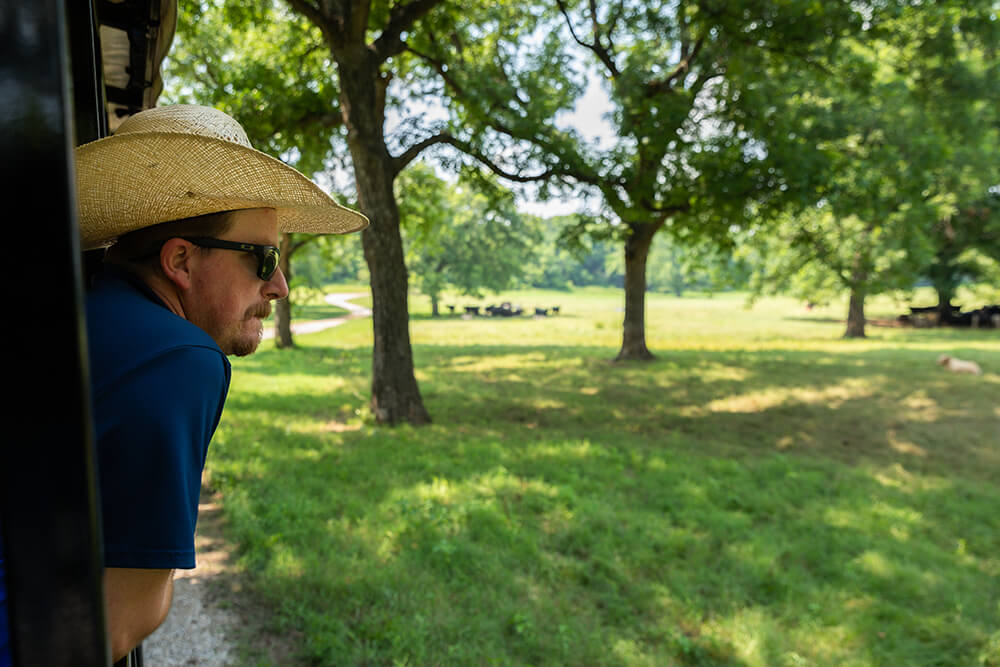
1. Learn more about sheep and goats.
Pokay encourages ranchers to find people familiar with the species they’d like to add to their ranch and ask questions. There is a lot to learn about small ruminants, from breeds to nutrition and even ways to protect your new stock — such as using livestock guardian dogs.
When researching goats, or any new species of livestock, Pokay suggests doing so through the lens of your operation, which will help with the next step.
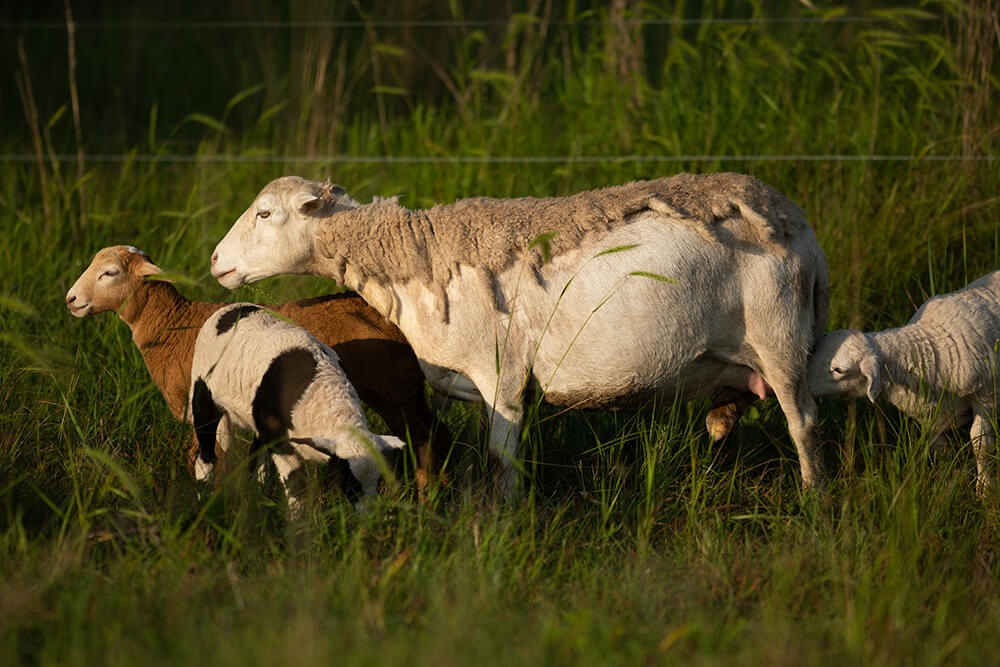
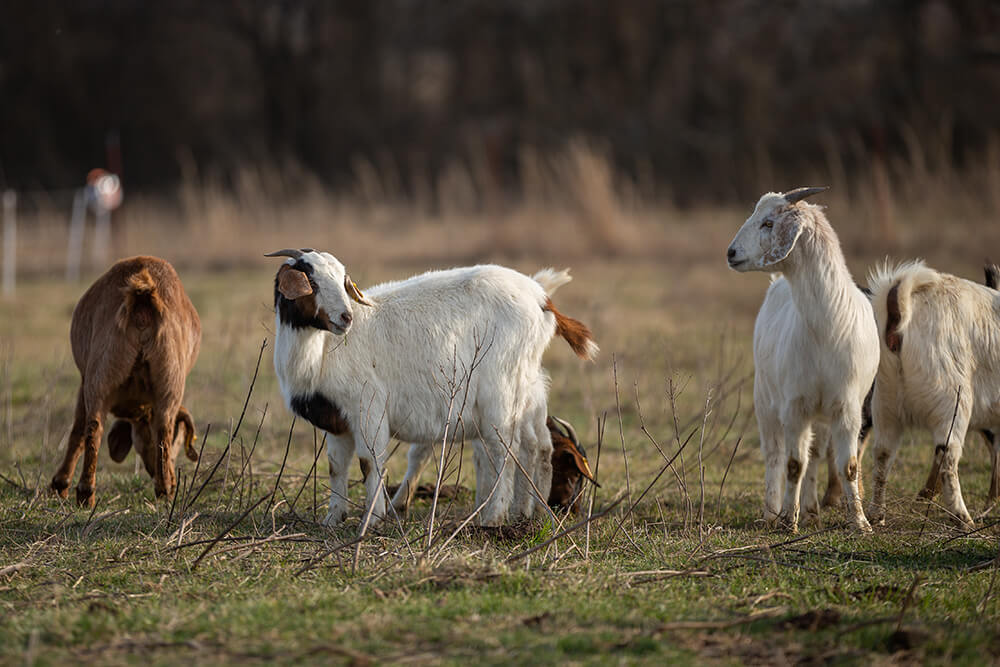
2. Set goals that fit your regenerative ranch.
The small ruminant management and selection at Oswalt Ranch may differ from your own depending on your farm or ranch’s goals.
“Know what you are trying to achieve,” Pokay says. “What are your land and herd goals?
Once you have clearly defined your operation’s goals, you can choose your stock accordingly. After researching goat breeds, Pokay selected Spanish crosses for their size and hardiness. While some breeds such as Boer goats may be better-suited for meat goat markets, Oswalt Ranch’s goals emphasize production per acre rather than production per animal.
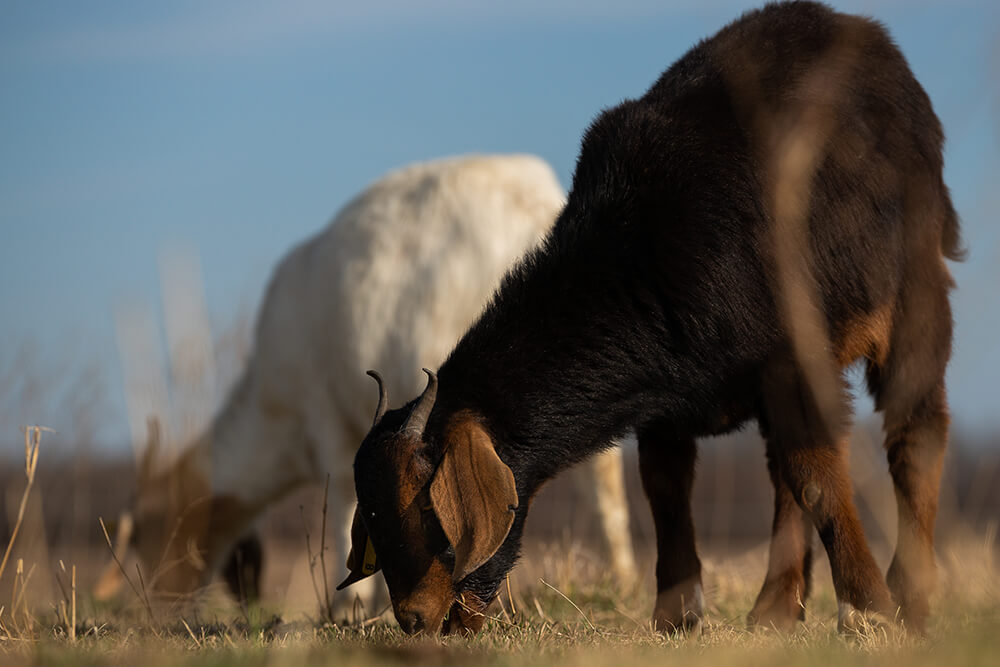
3. Infrastructure is of utmost importance when adding goats to your property.
Optimizing production per acre means ranchers need to find ways to use every square inch of land available in regenerative ranching practices. Smaller ruminants, such as goats, require different infrastructure than cattle. Pokay suggests making any needed additions or improvements to your ranch infrastructure before purchasing goats.

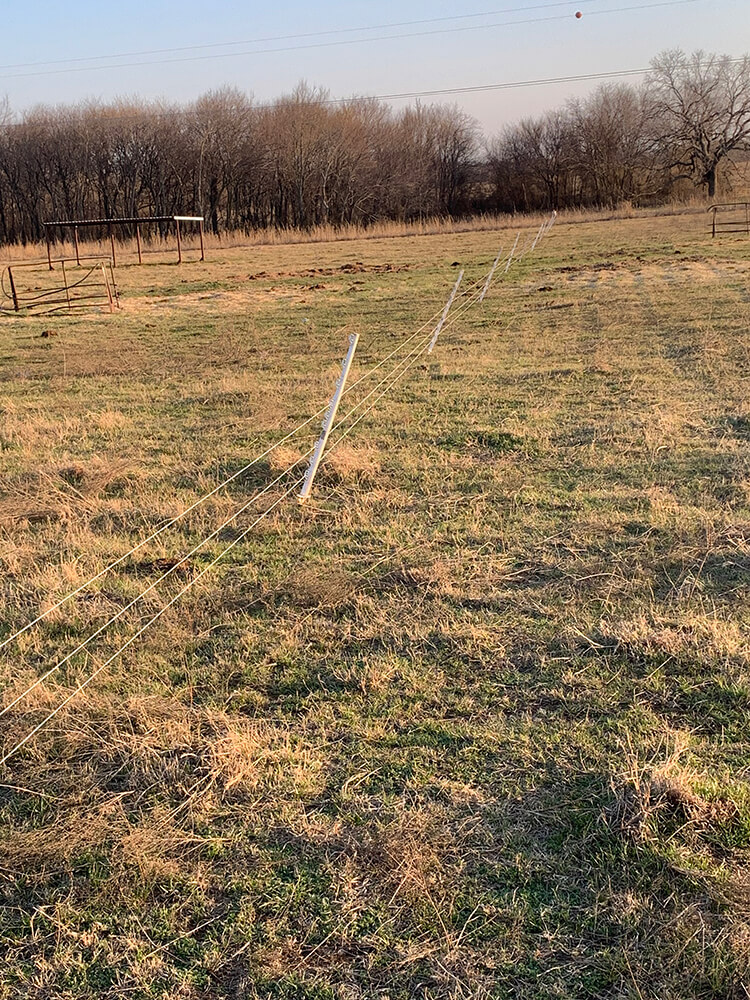
For Oswalt Ranch, this meant shoring up one training pasture to make sure its fencing was goat-proof, selecting step-in posts and electric polywire fencing, and purchasing goat feeders and water troughs. Finding a dog feeder for the livestock guardian dogs that wouldn’t allow the goats to help themselves as well was a surprising challenge Pokay encountered along the way.
4. Train your sheep and goats to use electric fence.
Pokay trained all 150 goats to recognize polywire fencing inside a tight, goat-proof pasture near the ranch headquarters.
Since the pasture was secure, he could acclimate the goats to electric fencing without worrying about the occasional escapee wandering too far.
While some of the Institute’s other ranches already use electric polywire to rotationally graze Dorper sheep, training the goats did require some trial and error. By adjusting the height of the polywire and adding additional strands, Pokay and his team found a combination that their herd respected.
In their case, three polywires — placed at 10 inches, 15 inches and 20-30 inches above the ground — successfully contained the goats. Interestingly, Pokay also found angling the step-in post to the inside of the pen prevented the goats from slipping under the wire after lifting it up with their horns.
There was even some variation in what constituted successful fencing among the goat population. When Noble added additional bred does from another farm, those animals tested the electric fence differently than the original group purchased for the ranch.
“My tip to getting anything trained is being flexible and adaptive,” Pokay says. “”I think that can apply to just any animal, really. Just enjoy the process.”
While flexibility, patience and adaptability were undoubtedly part of the training process, as Pokay and his team would calmly round up any goats who slipped outside of the portable electric fence, stockmanship was the most critical component.
Watching the animals to see when and how they were testing the fence allowed the team to adjust the fencing on the fly, and managing the feedstuffs inside the fence helped the goats feel the grass wasn’t greener on the other side.
“I think as long as you train them right and as long as they have something to eat, they wouldn’t push on the fences too much,” Pokay says.
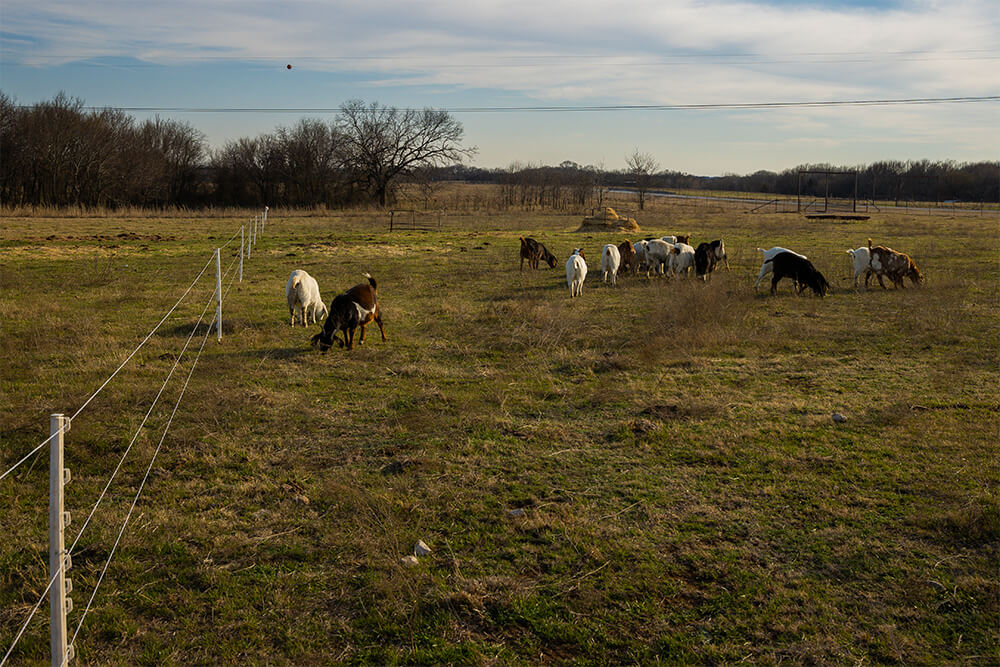
5. Be committed to multi-species grazing.
When tackling a project like adding goats to your ranch, Pokay suggests seeing it through for at least a year. While new species always come with new challenges, those who want to capture the added benefits of diversifying their ranch need staying power.
“You have to be open to it and open to try new things and learn as you go,” says Pokay. “I think some people get burned out on raising goats. They try it, and they aren’t prepared to give it their full effort. Someone has a bad experience once and won’t continue down the road.”
This commitment also applies to your livestock selection and culling process to keep your diversified ranch profitable.
“We don’t want to prop everything up with a bunch of inputs. We want low-cost ranching and animals adapted to their environment,” Pokay says. “If something looks wormy and needs to be wormed, we separate them from the herd. We maintain a high level of husbandry.”
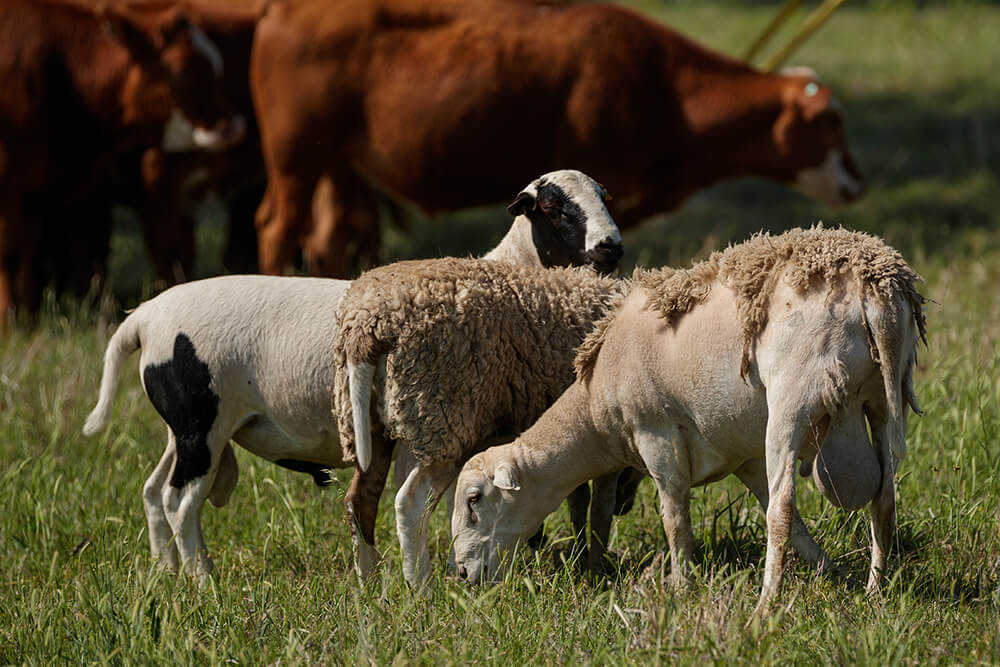
6. Manage grazing to reap the rewards of regenerative agriculture.
After all the hard work to acclimate goats to your ranch and its regenerative grazing system, managing their grazing is where you reap the rewards. Like any intensively managed grazing system, stockmanship is paramount as you decide stocking rate, how often to move their paddock, etc.
“If you overstock goats and expect them to be grazing with cattle continually, they will get out a lot,” Pokay says. “Manage feedstuffs to keep them from testing the fencing.”
The Oswalt Ranch goat herd is grazing near ranch headquarters until they finish kidding. Then, they will be rotated through the brushiest portions of the ranch — utilizing plants and forages that cattle can’t, while encouraging diversity in the plant life on the ranch.
We want to manage for diversity in pastures. There needs to be more than just grasses. There need to be forbs, trees, etc. Cattle prefer grasses. Sheep prefer forbs, and goats are browsers. See what resources you have on your land and see how they can graze it.”
Joe Pokay
One day, Pokay hopes to rotate his cattle and goats together through the ranch, although this would come with added challenges, such as making sure small ruminants don’t have any access to high-copper minerals.
Regenerative grazing management doesn’t discourage diversity in livestock and plant life; it encourages it.
“We want to manage for diversity in pastures. There needs to be more than just grasses. There need to be forbs, trees, etc.,” Pokay says. In addition, different ruminants prefer to graze on different forages.
“Cattle prefer grasses. Sheep prefer forbs, and goats are browsers. See what resources you have on your land and see how they can graze it.”

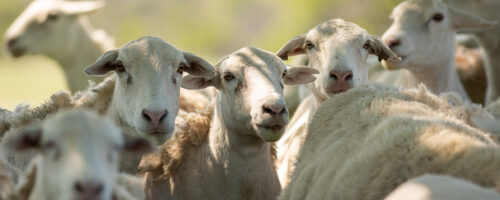
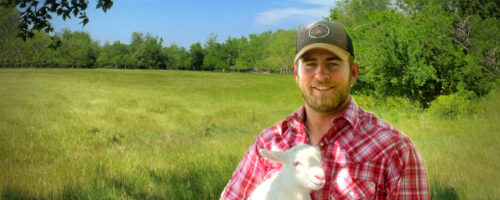
Comment